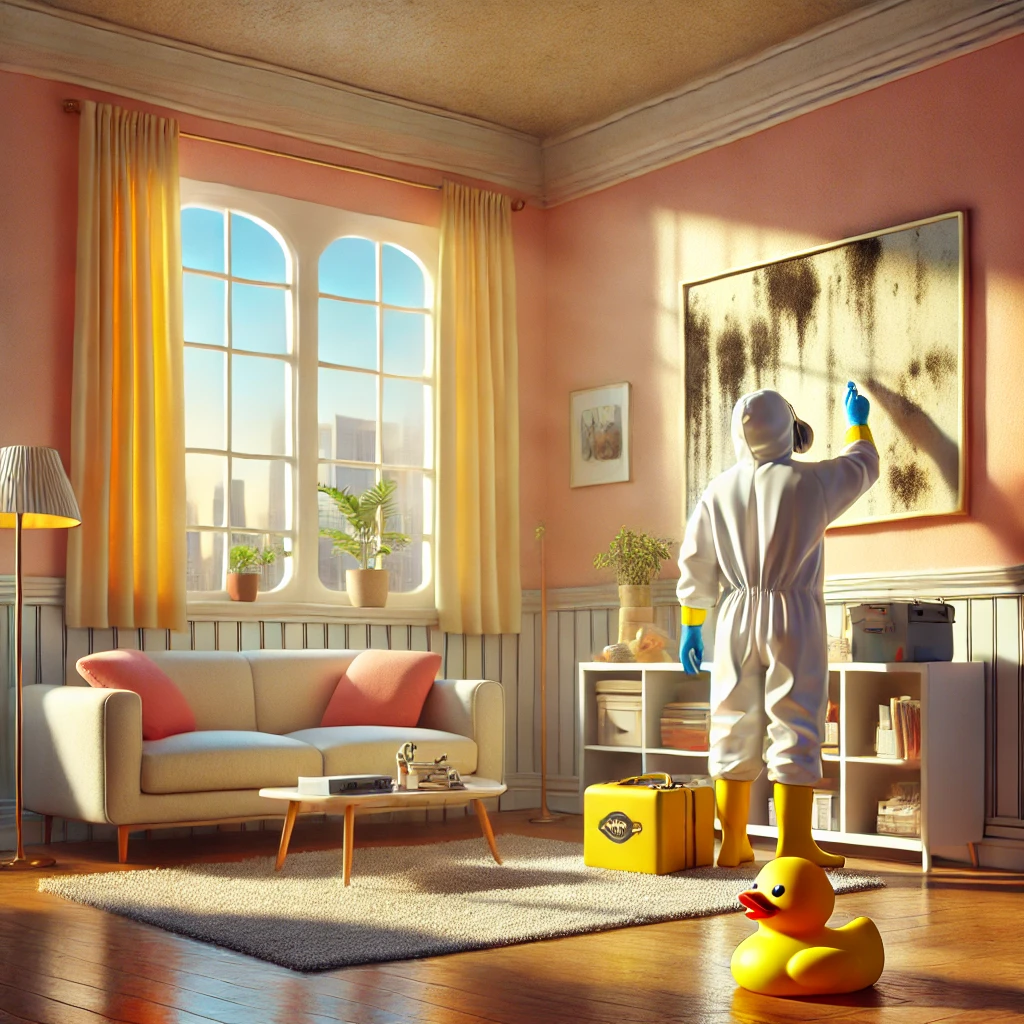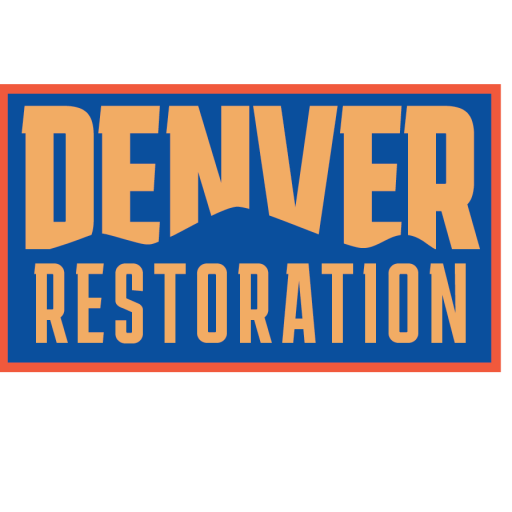Identifying Black Mold and the Risks Associated
The presence of black mold is a serious concern for homeowners, property managers, and business owners alike. This invasive fungus not only poses a significant threat to the structural integrity and aesthetics of properties but also carries potential health hazards. Understanding the symptoms and risks associated with black mold is paramount for effective Black Mold Handling.
Risks Associated with Black Mold
Different types of mold can grow in moist environments, but the most common and dangerous is called Stachybotrys Chartarum, also known as black mold. Its color ranges from dark green to black, and it carries a musty, unpleasant odor. If ignored, black mold can cause serious health issues such as respiratory difficulties, allergic reactions, and even mental health issues like depression.
The Importance of Safe Black Mold Removal
Removing black mold isn’t just about preserving your property; it’s about ensuring the health and safety of all who live or work there. DIY remedies may seem tempting, but they often prove ineffective and can put you at risk. Molds are resilient, and improper handling can lead to re-infestation or worse, expose you to harmful spores. Hence, it’s imperative to seek Safe Black Mold Removal by professionals.
Professionalism and Comprehensive Techniques
Professionals in the restoration industry are equipped with advanced techniques and tools to ensure complete removal of black mold. From utilizing high-efficiency particulate air (HEPA) vacuums to industrial-grade dehumidifiers, experts have the resources and knowledge to effectively tackle mold issues. Furthermore, they are trained in identifying hidden mold, a crucial step often overlooked in DIY attempts.
Mold Safety Tips to Prevent Future Infestations
While professional remediation is crucial in eliminating existing black mold, prevention is the long-term solution to maintaining a healthy environment. Here are some Mold Safety Tips:
- Maintain a dry environment: Mold thrives in moist areas. Regularly check for water leaks and ensure good ventilation in your property.
- Keep indoor humidity low: Purchase a dehumidifier if necessary, especially during humid months.
- Inspect regularly: Regular inspections help catch early signs of mold, keeping a minor issue from becoming a major problem.
Understanding Insurance Coverage and Legal Compliance
While restoration is critical, you must also understand the coverage your insurance provides for mold damage. Many policies do not fully cover mold damage, making it crucial to review your policy and ensure you are adequately protected.
Besides, it’s essential to be careful about regulatory compliances when dealing with mold. Non-compliance could lead to unnecessary fines and legal troubles. Hence, hiring professional restoration services is not just about mold removal but also about ensuring legal compliance and hassle-free insurance claims.
The Ultimate Value of Professional Mold Restoration
Engaging with professional restoration services rather than DIY techniques provides peace of mind. These experts don’t just eliminate visible mold; they identify and rectify the source of moisture, preventing future occurrences. Moreover, professionals offer post-remediation verification to confirm your property is mold-free. Refer to this guide from CDC on mold clean-up for additional insights and reassurance.
The fight against black mold is daunting, but understanding the problem is half the battle won. Hopefully, this guide has provided the understanding necessary to handle black mold effectively, ensuring the safety and integrity of your property.
Recognizing the Signs of Black Mold
Having a keen eye for the signs of black mold can be essential in preventing a more extensive, and costly, infestation. The most common sign is the presence of dark, slimy spots in and around your property. Black mold also produces a musty, strong odor reminiscent of dirt and rotting leaves. Homeowners often notice health symptoms before they spot the actual mold. Frequent coughing, sneezing, skin rashes and chronic fatigue can all be indicators of black mold exposure.
Awareness About Health Implications
Complications from black mold exposure can range from mild discomfort to severe health consequences. Short-term effects include coughing, wheezing, throat irritation, and nasal stuffiness. Prolonged exposure can lead to chronic respiratory illnesses, skin conditions, fatigue, headaches, and other severe health problems. For more information, refer to the EPA’s brief guide on mold, moisture and your home. This highlights the need for swift and professional mold remediation.
The Science Behind Mold Remediation
Professional mold remediation involves more science than one may think. Mold spores are biological organisms that respond to the environment around them. When the surrounding area is dry, mold spores become dormant. Conversely, when the area is moist, mold spores can grow and multiply. Therefore, mold remediation involves not just removing existing mold but also modifying the environment to prevent future growth.
Understanding Mold Remediation Equipment
From protective suits to advanced HEPA vacuums, mold remediation professionals use a range of equipment to ensure safety and effectiveness. Here are some examples:
- Moisture Meters: These devices allow professionals to measure the moisture levels in building materials and determine whether the conditions are suitable for mold growth.
- Air Scrubbers: These machines, also known as negative air machines, help to purify the air and remove mold particles.
- Fogging Devices: In severe cases, professionals may use fogging machines to apply antimicrobials to hard-to-reach areas.
Understanding Post-Remediation Verification
Professional mold remediation services typically include post-remediation verification. This involves a thorough inspection conducted after remediation to confirm that the mold problem has been fully addressed. It may include visible inspection, moisture measurement, and sometimes, surface sampling. This serves as a testament to the thoroughness of professional services and provides homeowners with extra peace of mind.
Communicating with Your Insurance Provider
Communicating with your insurance provider about mold damage is crucial. It’s important to understand your insurance policy’s conditions, terms, and coverage limits concerning mold damage. Consider discussing potential gaps in your coverage and exploring options for additional protection if necessary. Restoration professionals can often help facilitate these conversations, providing documentation and evidence to help your claim.
Legal Aspects of Mold Infestation
Understanding the legal aspects of mold infestation is equally important. Laws surrounding mold removal, disclosure, and litigation can vary widely, depending on your jurisdiction. Non-compliance can lead to unnecessary legal difficulties and fines. It’s recommended to consult a professional to guide you through this process.
Final Steps in the Fight Against Black Mold
After completion of mold remediation, it’s crucial to maintain a mold-free environment in your property. Regular inspection, prompt attention to water leaks, keeping indoor humidity low, and good ventilation can help prevent future mold growth. It’s also important to educate yourself and stay updated about black mold and its impacts on health and property.
The battle against black mold requires patience, understanding, and the right professional help. It’s far more than just a battle for property; it’s a fight for health, safety, and peace of mind. The more informed you are about black mold, its risks, and effective removal methods, the better equipped you will be to protect your property and your loved ones.

